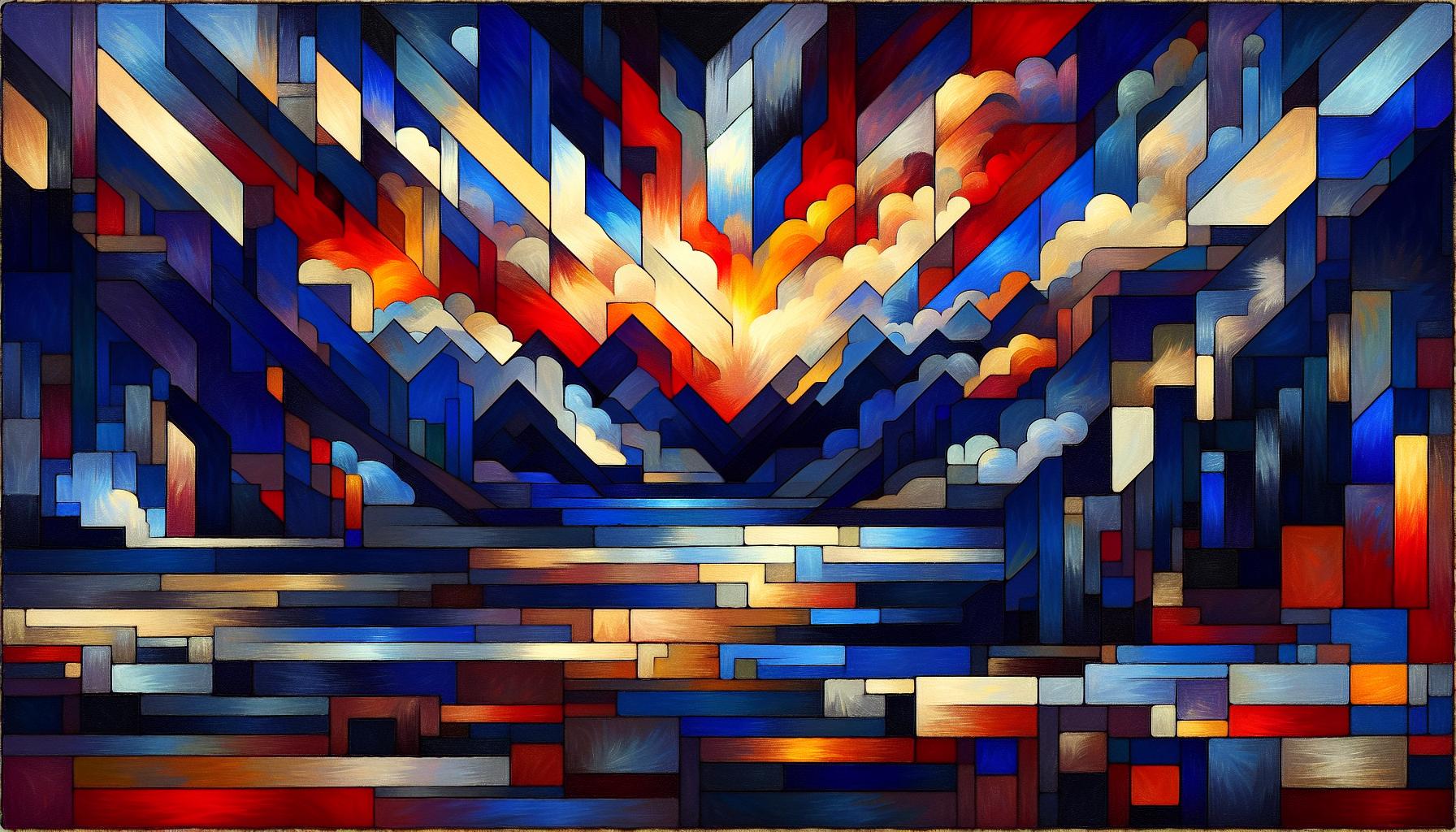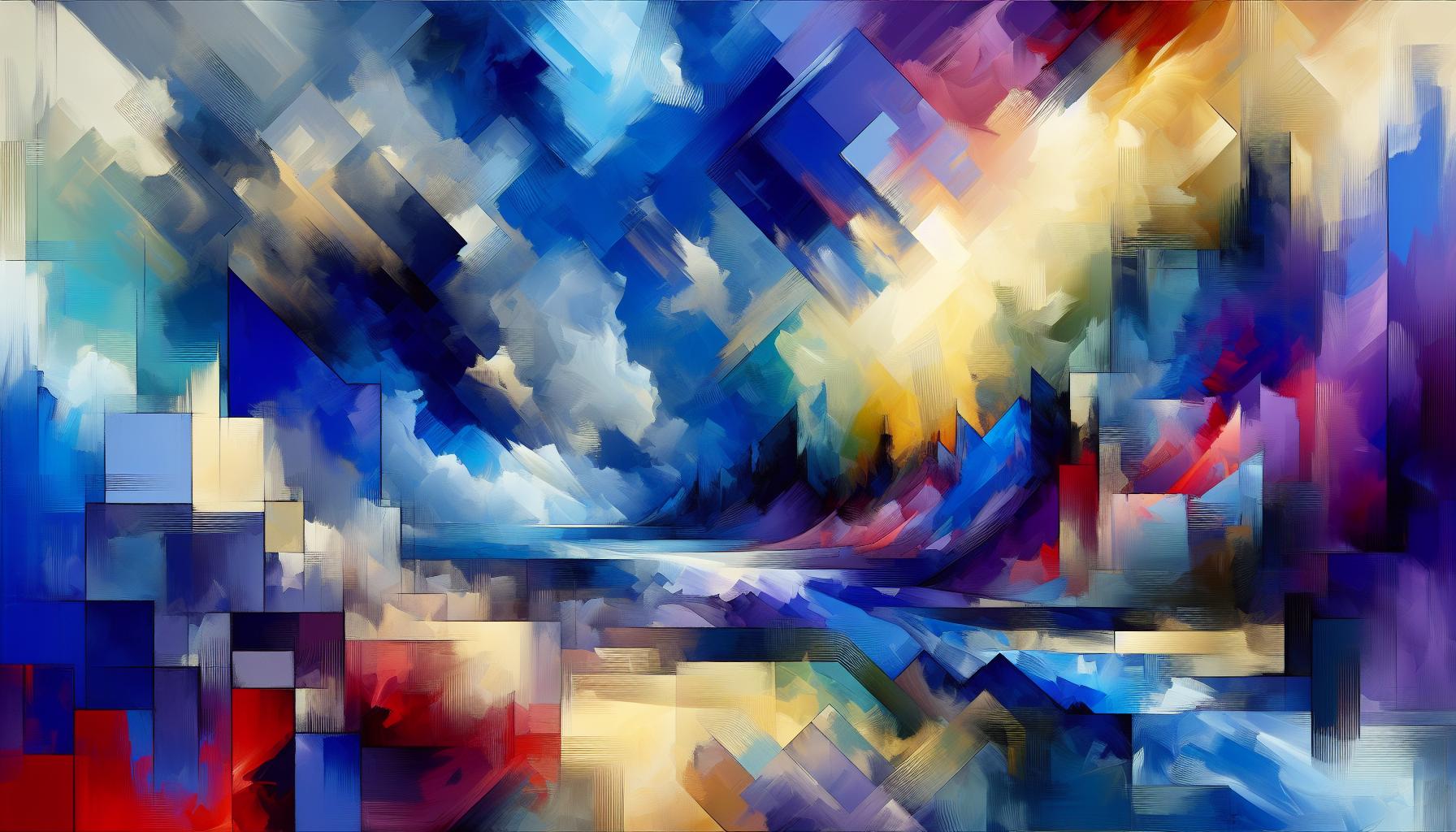Marsden Hartley blazed a trail through the art world like a comet, leaving an indelible mark on American modernism. As one of the most innovative artists of the early 20th century, he shattered conventional artistic boundaries and helped pave the way for the modern art movement in America.
His bold experimentation with abstract forms, vibrant colors and emotional expression set him apart from his contemporaries. While many artists of his time clung to traditional styles, Hartley fearlessly embraced European avant-garde influences and transformed them into something uniquely American. Through his travels across Europe and deep connections with leading modernists like Alfred Stieglitz and Gertrude Stein, he became a crucial bridge between European and American artistic sensibilities.
Why Was Marsden Hartley Considered One of The Forerunners of The Modern Art Movement?
Marsden Hartley’s artistic journey began in his native Maine, where he developed a deep connection to the American landscape. His formative years shaped his evolution from a traditional painter to a pioneering modernist.
Training and Early Influences
Hartley received his formal training at the Cleveland School of Art in 1898 followed by studies at the National Academy of Design in New York. His early mentors included William Merritt Chase at the New York School of Art, who introduced him to impressionist techniques. The artist found inspiration in the transcendentalist writings of Ralph Waldo Emerson, which influenced his spiritual approach to nature painting. Between 1900-1905, Hartley created numerous landscapes of the Maine coast, incorporating elements of American impressionism with darker, more emotive tones.
Development of Personal Style
Hartley’s artistic transformation accelerated after his introduction to Alfred Stieglitz’s 291 Gallery in 1909. His exposure to European modernist works at the gallery sparked experimentation with abstract forms. The artist incorporated symbolist elements into his compositions, creating mystical interpretations of landscapes through bold color choices. By 1912, Hartley developed a distinctive style that merged American subject matter with European modernist techniques. His paintings featured strong geometric shapes, intense colors, flattened perspectives. This unique approach established him as a bridge between American regional art and international modernism.
Revolutionary Abstract Expressionism

Marsden Hartley’s abstract expressionist works marked a pivotal shift in American modern art during the early 20th century. His innovative approach to form, color and symbolism established new paradigms in artistic expression.
German Military Symbolism Series
Between 1913-1915, Hartley created his groundbreaking German Military Symbolism series in Berlin. These paintings incorporated military insignias, regimental flags and Kaiser Wilhelm II’s imperial symbols in bold geometric arrangements. The series featured striking compositions like “Portrait of a German Officer” (1914), which transformed military decorations into abstract patterns through stark black outlines and vibrant primary colors. This body of work expressed both Hartley’s fascination with German military pageantry and his personal relationship with Lieutenant Karl von Freyburg, combining emotional depth with modernist techniques.
Bold Color and Form Experiments
Hartley’s exploration of color and form reached new heights in the 1910s through radical experimentations with abstraction. His paintings emphasized geometric shapes, flattened perspectives and intense color contrasts that departed from traditional representation. Works like “Movement No. 5” (1916) demonstrated his mastery of dynamic compositions through intersecting planes of saturated hues. The artist’s bold palette choices featured deep blues, burning reds and stark blacks arranged in rhythmic patterns that conveyed psychological and spiritual themes. This innovative approach influenced subsequent generations of abstract expressionist painters.
Breaking Traditional Art Boundaries

Marsden Hartley emerged as a revolutionary force in American art by deliberately challenging established artistic conventions. His radical departure from traditional painting techniques created new pathways for modern artistic expression.
Rejection of Academic Conventions
Hartley dismissed the rigid academic painting standards of his era through bold artistic choices. He abandoned traditional perspective rules in favor of flattened picture planes that emphasized emotional impact over realistic representation. The artist’s unconventional use of color broke free from naturalistic constraints, as seen in his 1910 painting “The Dark Mountain” where he applied intense blues and deep purples to create dramatic psychological effects. His gestural brushwork rejected the smooth finish valued by academic painters, instead embracing rough textures and visible strokes that conveyed raw emotional energy.
Incorporation of European Modernism
Hartley integrated key elements of European modernist movements into his distinctive American style during his time abroad from 1912 to 1915. His exposure to German Expressionism through the Der Blaue Reiter group influenced his use of bold color combinations and geometric forms. The artist absorbed Cubist principles of fragmented space from Paris’s avant-garde circles, transforming these concepts in works like “Portrait of Berlin” (1913). Fauvism’s influence manifested in his heightened color palette, while Kandinsky’s theories about spiritual abstraction shaped his approach to non-representational forms.
Impact on American Modernism

Marsden Hartley’s innovative artistic approaches fundamentally altered the landscape of American modern art. His bold experimentation with form, color and symbolism established new parameters for artistic expression in the early 20th century.
Influence on Fellow Artists
Hartley’s distinctive style inspired numerous American artists during the 1920s and 1930s. Arthur Dove incorporated Hartley’s approach to abstracted landscapes in his nature-based works. Georgia O’Keeffe adopted elements of his bold color choices and simplified forms in her desert paintings. His techniques of flattening picture planes influenced Milton Avery’s treatment of space. Stuart Davis embraced Hartley’s integration of European modernist elements with American subjects. The Abstract Expressionists of the 1940s, including Jackson Pollock and Willem de Kooning, drew from his emotional intensity and gestural brushwork.
Legacy in Modern Art History
Hartley’s contributions continue to shape contemporary understanding of American modernism. His German Military series established new possibilities for abstract symbolic representation in American art. Major museums including MoMA, the Whitney Museum and the Met feature his works in their permanent collections. Art historians recognize his role in developing a distinctively American modernist vocabulary. His innovative combinations of European avant-garde techniques with American themes created an influential hybrid style. Contemporary artists reference his bold use of color, geometric forms and emotional expressiveness in their work.
Distinctive Artistic Elements
Marsden Hartley developed unique artistic elements that set him apart from his contemporaries. His work combined European modernist techniques with distinctly American themes to create a revolutionary artistic language.
Spiritual and Mystical Themes
Hartley’s paintings incorporated transcendental philosophy through mystical symbolism. His 1914 work “Painting No. 49, Berlin” features symbolic elements like German military insignias transformed into spiritual icons. Religious imagery appears throughout his paintings in unconventional forms, such as crosses integrated into abstract landscapes. Native American spiritual motifs emerge in works like “Indian Fantasy” (1914), demonstrating his interest in indigenous mysticism. The artist’s use of intense colors particularly deep blues purples evoked metaphysical qualities in pieces like “Mount Katahdin Maine” (1939).
Geometric Abstraction Techniques
Hartley pioneered geometric abstraction in American art through bold compositional structures. His “Portrait of a German Officer” (1914) breaks down military decorations into interlocking geometric shapes circles triangles rectangles. The artist employed stark color contrasts to emphasize abstract forms, as seen in “Movement” series paintings from 1916. Mathematical precision characterizes his arrangement of shapes, creating dynamic visual rhythms across the canvas surface. Works like “Abstraction Blue” (1916) demonstrate his mastery of geometric patterns through overlapping planes sharp angles curved forms.
Marsden Hartley’s groundbreaking artistic vision and fearless experimentation solidified his position as a pivotal figure in modern art. His unique ability to merge European avant-garde techniques with American themes created a revolutionary artistic language that transcended traditional boundaries.
Through his bold use of color geometric abstraction and emotional expression Hartley paved the way for future generations of artists. His influence continues to resonate in contemporary art demonstrating the enduring power of his artistic legacy. The art world remembers him not just as a painter but as a visionary who helped shape the course of American modernism.



